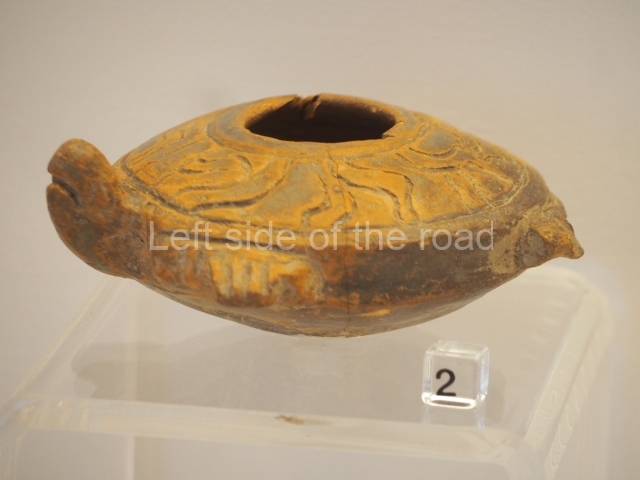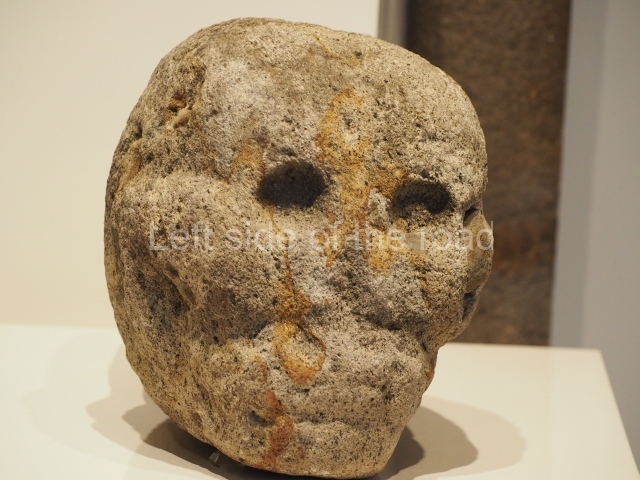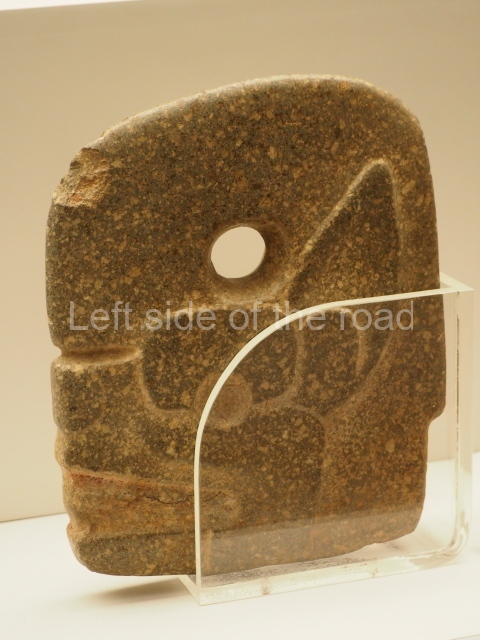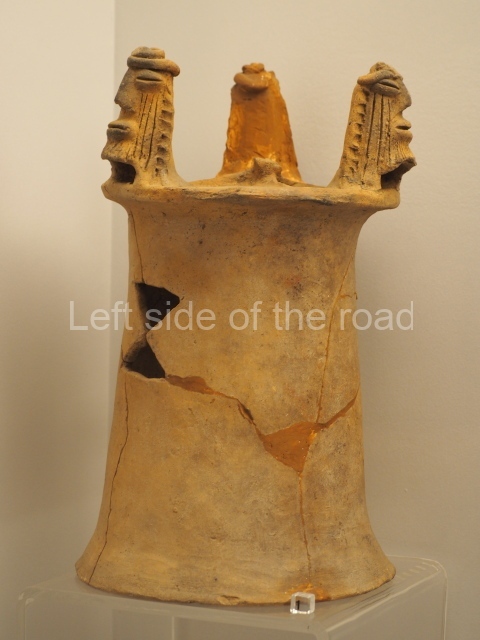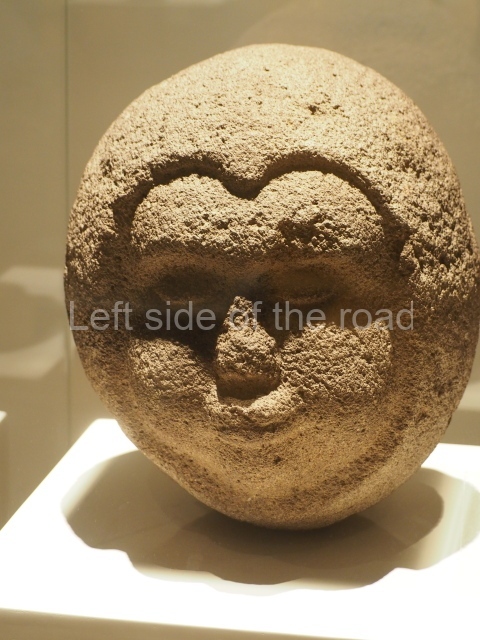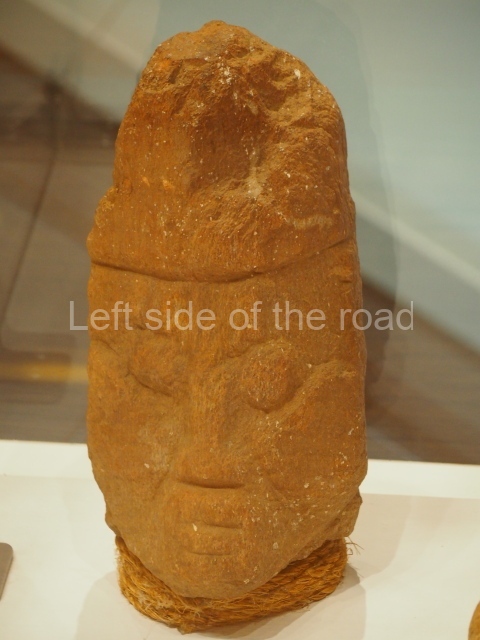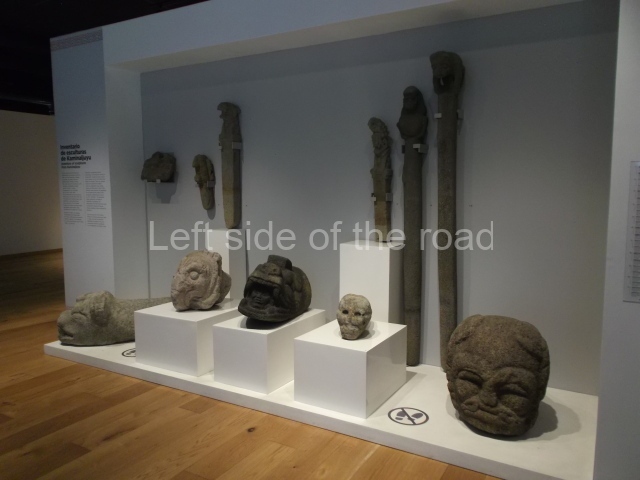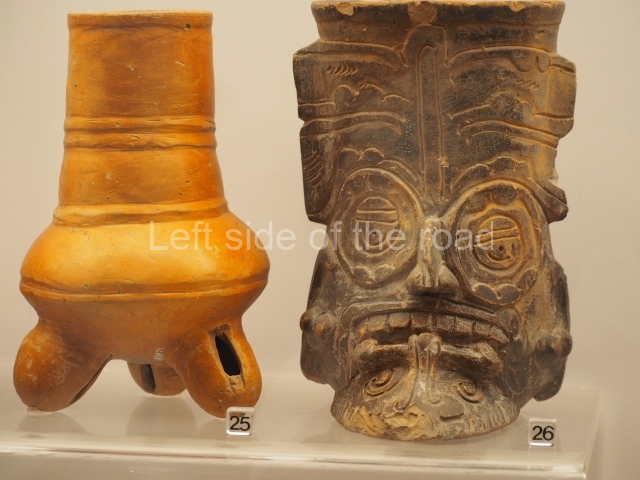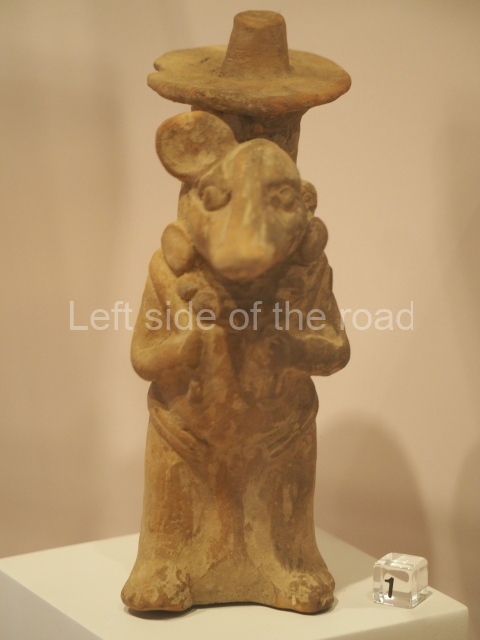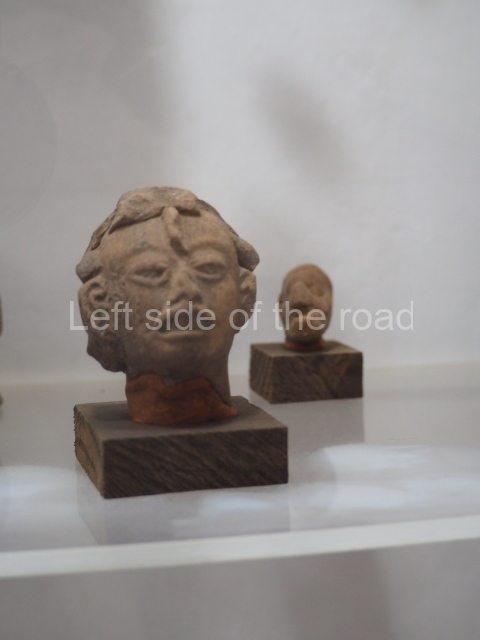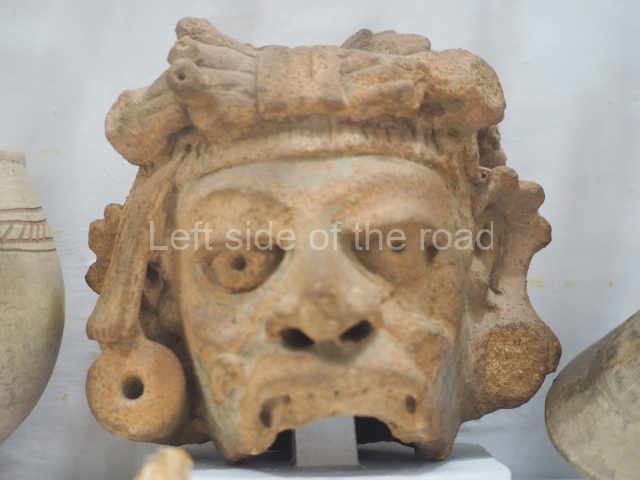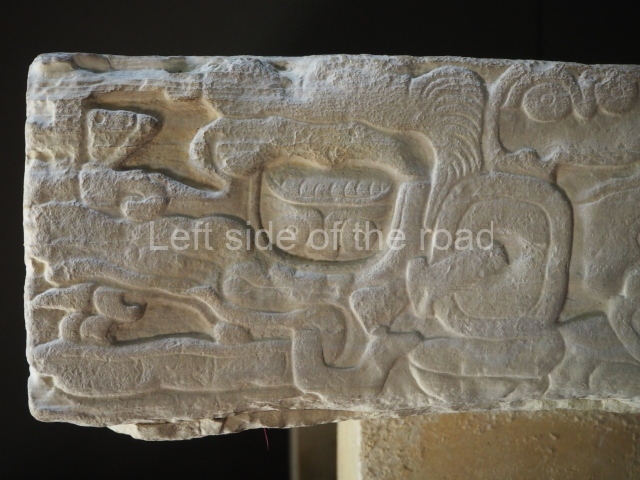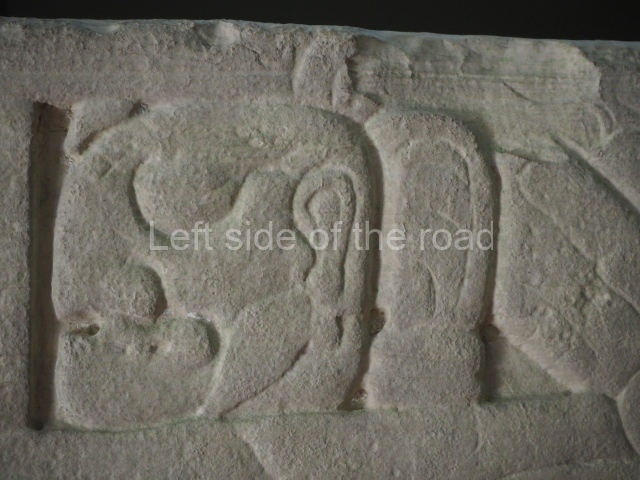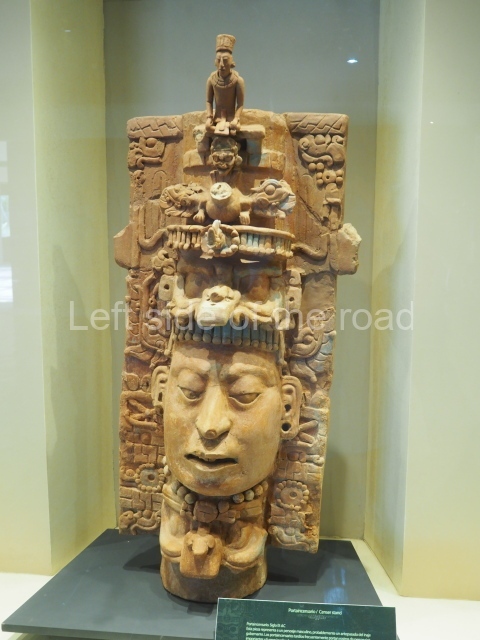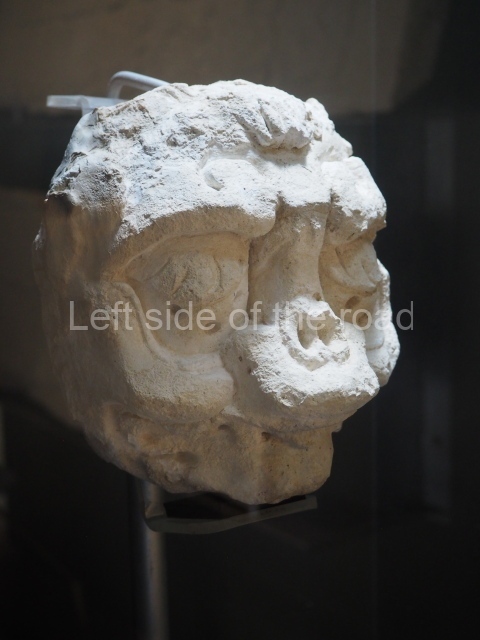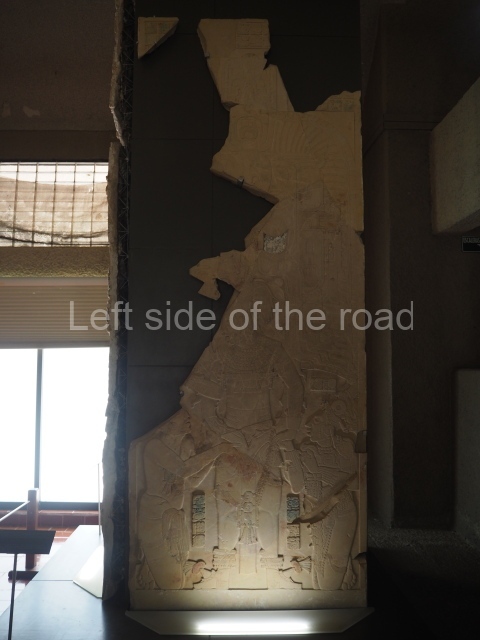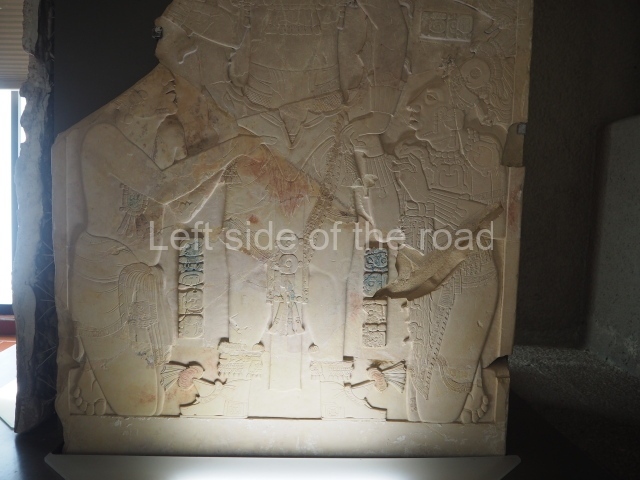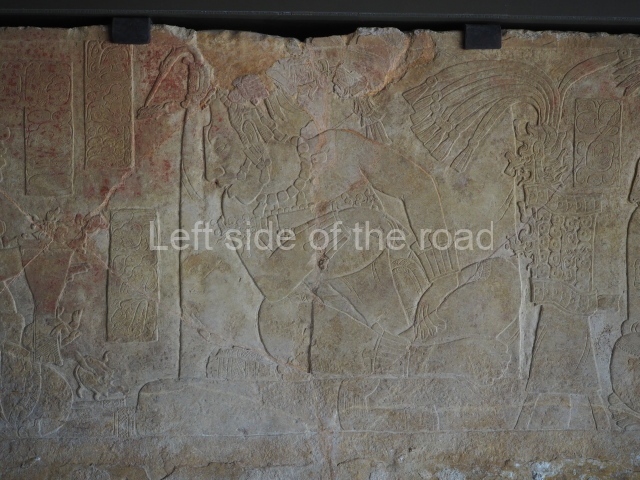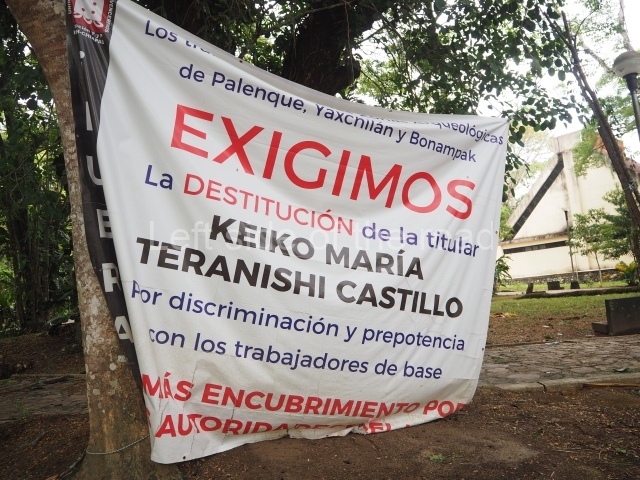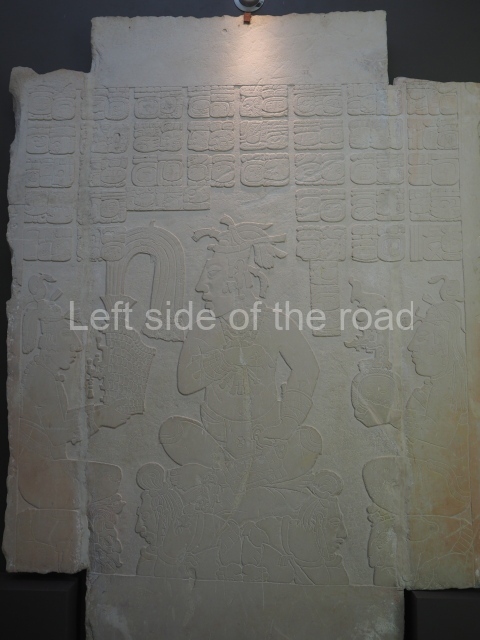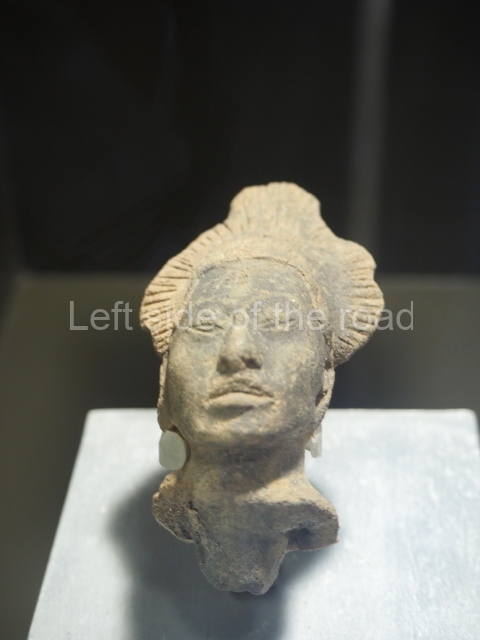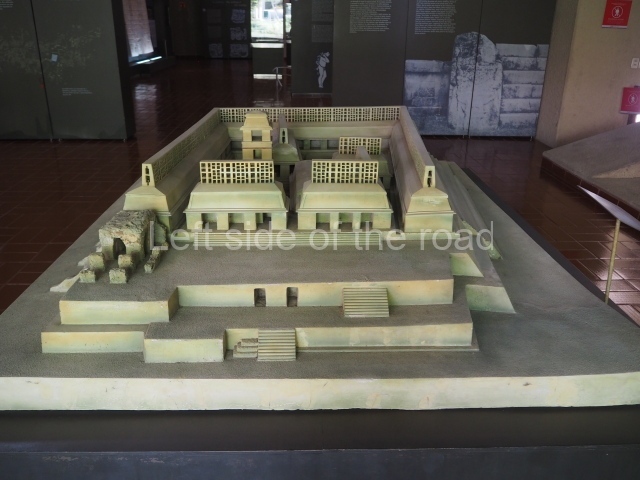
San Cristobal Museums
More on the Maya
San Cristobal Museums
In the slide show are a few pictures taken in the two small museums related to the Mayan past in San Cristobal de las Casas. The first museum is the Museo de los Altos de Chiapas, which is located in the Ex-convento de Santo Domingo, and the second is the Na Bolom Museum located in the Cultural Centre of the same name.
The items were chosen as being different from what I had seen (and photographed) before – although there might be a bit of overlap due to memory issues. Apologies if some are not that well reproduced. Museums of any size are not conducive to the photographer – the smaller ones often less so.
Museum of the Chiapas Highlands
The former cloister of the Dominican monastery clearly illustrates the importance achieved by this order in its evangelisation work, commencing in 1544, in the Chiapas Highlands. In relation to the rank, importance and order of foundation, the Dominican presence in San Cristobal occupied second place, after that of Ancient Guatemala, but it was the first official Dominican establishment in Chiapas. Although the original Dominican construction was built in the second half of the 16th century, very little has survived from that period. Both the main body of the church and the monastery proper that we see today seem to date from the final third of the 17th century. The monastery is situated on the north side of the church and consists of an austere two-storey cloister around a central courtyard. After falling into a state of neglect during the 19th century and then being used as the city’s prison in the first half of the 20th century, the building was reconstructed and currently houses the Museum of the Chiapas Highlands, administered by the INAH.
The generously-proportioned refectory on the ground floor is nowadays the history room, in which a selection of images, texts and objects highlight the most notable events relating to the foundation and evolution of the former capital of the province in the Jovel Valley. Following a brief introduction illustrated by various pre-Hispanic pieces found in the region, the museum discourse continues with the Conquest and the evangelisation initiated in 1524 by the Spaniards. One of the main exhibits in this respect is the baptismal font from San Felipe Ecatepec. There are also explanations relating to the history of Ciudad Real during the colonial period and the formation of the principal districts. The top floor is given over to a detailed exhibition of the textiles produced in the state of Chiapas, as well as descriptions of the traditional activities conducted by the indigenous communities who currently live in the Chiapas Highlands. The former monastery also contains rooms for temporary exhibitions and an auditorium. The same building houses the Sna Jolobil Cooperative, whose mission is to revive the ancient textile techniques and traditions among the indigenous communities in the highlands, and the production of fine quality clothing made from natural fibres and colours.
Lynneth S. Lowe
From: ‘The Maya: an architectural and landscape guide’, produced jointly by the Junta de Andulacia and the Universidad Autonoma de Mexico, 2010, p475.
Entrance;
Museo de los Altos de Chiapas – Free
Na Bolom Museum
Na Bolom Cultural Association
Na Bolom, ‘the house of the jaguar’, was founded by the Danish archaeologist Frans Blom and the Swiss photographer Gertrude Duby Blom. Frans Blom was born in Copenhagen in 1893. His work as a sub�contractor for the national company Pierce Oil Corporation took him to Mexico in 1920. A historian, anthropologist and explorer with specialist training in the history of art and painting, he subsequently took a master’s degree in archaeology at Harvard University simply to obtain funding for conducting new explorations in the Lacandon Rainforest. In Chiapas he found his home and vocation, dedicating his life to research, archaeology and anthropology. In 1950, he created the Na Bolom Centre of Scientific Studies, establishing links with the universities of Tulane, Harvard, Chicago, Stanford and Berkeley. His numerous writings and books demonstrate a deep interest in the history of the Conquest and the colonial period, the archaeology of the Maya area, astrology, ecology, sociology, architecture and art, among other disciplines.
Gertrude Duby Blom was born in the countryside near Bern in 1901. There she spent her childhood dedicated to mountaineering, horticulture and the country life. After completing her sociological studies in Zurich, she took up journalism, determined to return to the mountains and the rural life. She achieved her goal in 1942, when she arrived in Chiapas to report on the Lacandon people, inspired by the works of Jacques Soustelle. On meeting Frans, she abandoned journalism and joined him in his pursuit of anthropology and photography. When Frans died, the deterioration of the Lancandon Rainforest, the quality of rural life and the cultural heritage of Chiapas motivated her to become the principal advocate for all the natural and historical wealth that she had known. On her death in 1993, she left all her assets to the Na Bolom Cultural Association, for use by the city of San Cristobal and the Lacandon people. Nowadays, Na Bolom is an interactive complex containing a museum, arts centre, accommodation and restaurant, surrounded by a heritage that has remained intact and is regarded as a national legacy. The museum was created out of the collections formed over the years by the Bloms. Today, it has five permanent exhibition rooms and another two rooms for temporary exhibitions.
Lacandon room.
This ethnographic collection is the result of the travels of the founders and the gifts they received from their Lacandon friends. The material culture and elements of everyday life offer an insight into the Lacandon religion.
Explorers room.
Journeys through the rainforest in the first half of the 20th century were arduous and lasted several months. In this room, photographs and the video Hombres, mulas y machetes (Men, Mules and Machetes) offer visitors an idea of how the expeditions were mounted and conducted.
Moxviquil room.
This room is named after the archaeological site situated at the top of the mountain 2 km outside the city. It is regarded as one of the most important pre-Hispanic settlements in the valley. Frans Blom conducted excavations there in 1952 and Dr. Weiant in 1953; to date, no other work has been carried out at the site. The exhibits include examples of ceramics, lithic materials and a few bones that illustrate the funerary customs of the valley’s ancient inhabitants. There are also several pieces recovered on various expeditions and investigations conducted by Frans Blom in the Lacandon Rainforest, Oaxaca and other parts of Mexico. In addition to an explorer and archaeologist, Blom was also a cartographer and was the first person to map the Lacandon Rainforest. His map has served as the model for the present-day maps.
Chapel.
This is one of the finest exponents of the neoclassical style that became fashionable in this city during the late 19th century. The style can be observed in features such as the columns, the original frescoes on the ceiling and the altar. Although it was never consecrated or used as a chapel, it is an excellent place for viewing examples of the type of religious paintings and statues produced in Chiapas between the 16th and 19th centuries.
Gertrude Duby Blom’s room.
After her death, this room was incorporated into the museum and nowadays exhibits some of her characteristic suits, jewellery and personal belongings. The corridors in the house are also adorned with items from different collections, such as wrought-iron crosses, paintings and photographs by Gertrude Duby, and objets d’art donated by different artists.
From: ‘The Maya: an architectural and landscape guide’, produced jointly by the Junta de Andulacia and the Universidad Autonoma de Mexico, 2010, p478.
Entrance;
Na Bolom Museum – M$60
More on the Maya





